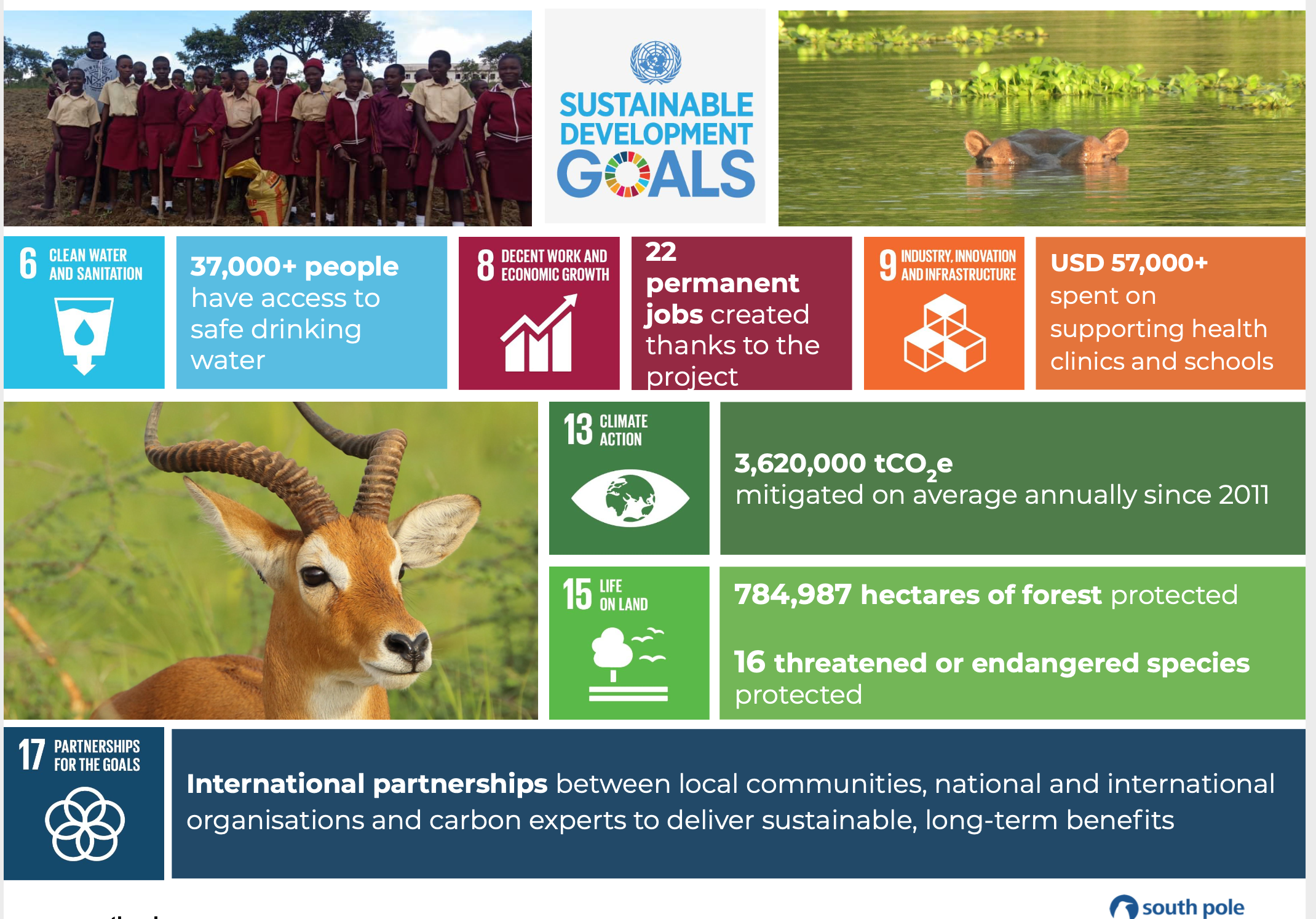By Peter Prokosch
Ways to make tourism biodiversity-supportive has been described by UNWTO (and others) already more than ten years ago. Today it is not only the UNs but a common understanding that tourism – besides education – potentially can support all 17 Sustainable Development Goals (SDGs) and thereby the future we want (see also the video of the recent UNWTO Academy event on “High Level Discussion on Measuring the Sustainability of Tourism“). To protect the climate (SDG 13) and biodiversity (SDG 14 & 15) ranks in particular high (see e.g. EU’s Green Deal and Biodiversity Strategy 2030) and relates strongly to tourism and travel. Why not making it a strong requirement if helping tourism out of the present COVID-19 crisis that future tourism must be biodiversity and climate supportive?
Looking at our own organisation, since last year all LT&C Study Tours, which we offer specifically to increase the knowledge, understanding and dissemination of our LT&C-Examples, had to be cancelled. Similarly, several international meetings which we usually would have been involved in, have been postponed, cancelled or performed virtually. This has had the positive effect that we as an organisation, our members and me personally have reduced our carbon emissions significantly. To give you an example from myself: in previous years, I compensated through our tool with South Pole and the Kariba REDD+ project between 17 and 20 tons of CO2 for my travelling. For 2020 the calculator showed me only 0,15 t. To support the project, I always put one ton more and had to pay 17,-€ only.
What for the tourism industry have been losses in 2020 are partly savings on travels and climate for us travellers. What if such savings were invested into nature protection or such forms of tourism which support biodiversity? Our challenge still is to support and sustain our LT&C-examples and provide incentives so that others learn from them and replicate the best conservation tourism cases.
In 2020 we continued recommending our members to compensate their climate emissions through our corporate member South Pole. By using the tool on our website, we made it easy to offset through two selected projects (Kariba REDD+ in Zimbabwe, and Lacándon Forest for Life in Guatemala). Both projects should benefit both climate and biodiversity, with Kariba REDD+ even being an LT&C-Example. See also the 2020 achievements of the project:
We believe that the providers of LT&C-Examples will have to tell us much about their responses to the present pandemic. We count on many inspiring ideas how the tourism in the future will become much more conservation-supportive.



